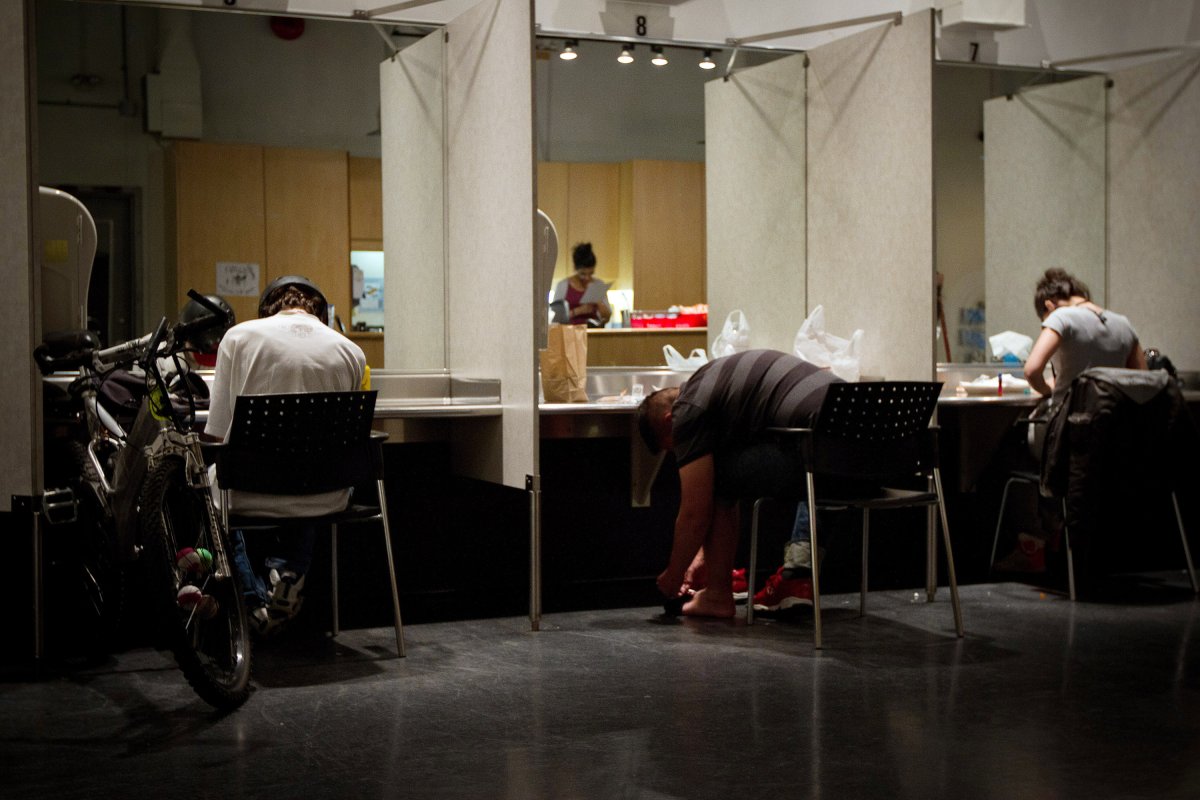Researchers behind a feasibility report about a supervised injection site (SIS) in London are recommending a facility in Old East Village or downtown, to curb unsafe drug use in the city.

The year-long study surveyed 199 people who inject drugs (PWID) and found 86 per cent would use an SIS, primarily because it offers sterile equipment.
“It’s very normal to see that some people are kind of alarmed by the idea of creating a site like this,” lead researcher Dr. Thomas Kerr said. “It’s natural. A lot of other problems — social problems — come with drug use in municipalities.
“But look, we’ve got to remember there are over 90 of these facilities. They are in very diverse settings, and they’ve been in operation for literally decades. They’re not closing. More are opening. And why is that? That’s because it turns out, they don’t create all those problems people are concerned about.”
A summary of findings to date shows that supervised injection sites around the world reduce public disorder, reduce syringe sharing, increase safe injection behaviour, increase use of detox programs, reduce acts of violence against women and avert overdose deaths.
“We know that drug users won’t travel great distances to use drugs, so they’re not going to be coming from other surrounding areas to use a facility in London. And because they don’t really want to be identified by the broader public, they tend to come and go from these facilities quite quietly.”
According to today’s presentation, the Middlesex London Health Unit reported an unprecedented number of 58 HIV cases in the city in 2016, 70 per cent of whom are drug-injection users.
“By attracting those people into a health-care environment, we create new opportunities to help them, to protect their health both in the immediate term but also in the long term, by connecting them with other services such as long-term addiction treatment,” said Kerr, who pointed out municipalities often do a poor job helping the most marginalized people.
Of the survey respondents, 72 per cent said they’d injected drugs in a public space in the previous six months, one in four reported a history of overdose, while 22 per cent reported sharing syringes in the previous six months.
Kerr said there was a high rate of public injection in London: 48 per cent of respondents said they’d injected in a public washroom, 34 per cent said they’d injected in a parking lot, and 32 per cent had injected in an alley or laneway.
Almost all respondents favoured either Old East Village or downtown as the location for an SIS, which would have sterile equipment, nurses to intervene in case of an overdose, and other health resources such as an addictions counsellor.
Dr. Sharon Koivu said addictions services are part of the answer to a drug problem she blames partly on health care professionals, who prescribe addictive medication without understanding the risks involved.
“There is still a misunderstanding that this is a behaviour problem. That people could just stop. And actually as mentioned, stopping opiods, stopping narcotics suddenly can actually increase your risk of dying. They’re very different from any other addiction, and they really need a different approach.”
Mayor Matt Brown said he skipped a trip to Toronto to attend today’s presentation, and pointed out having difficult evidence-based conversations about the community’s most vulnerable people are a necessary part of becoming a better city.
“This isn’t a neighbourhood issue,” he said. “It’s a community issue.”







Comments